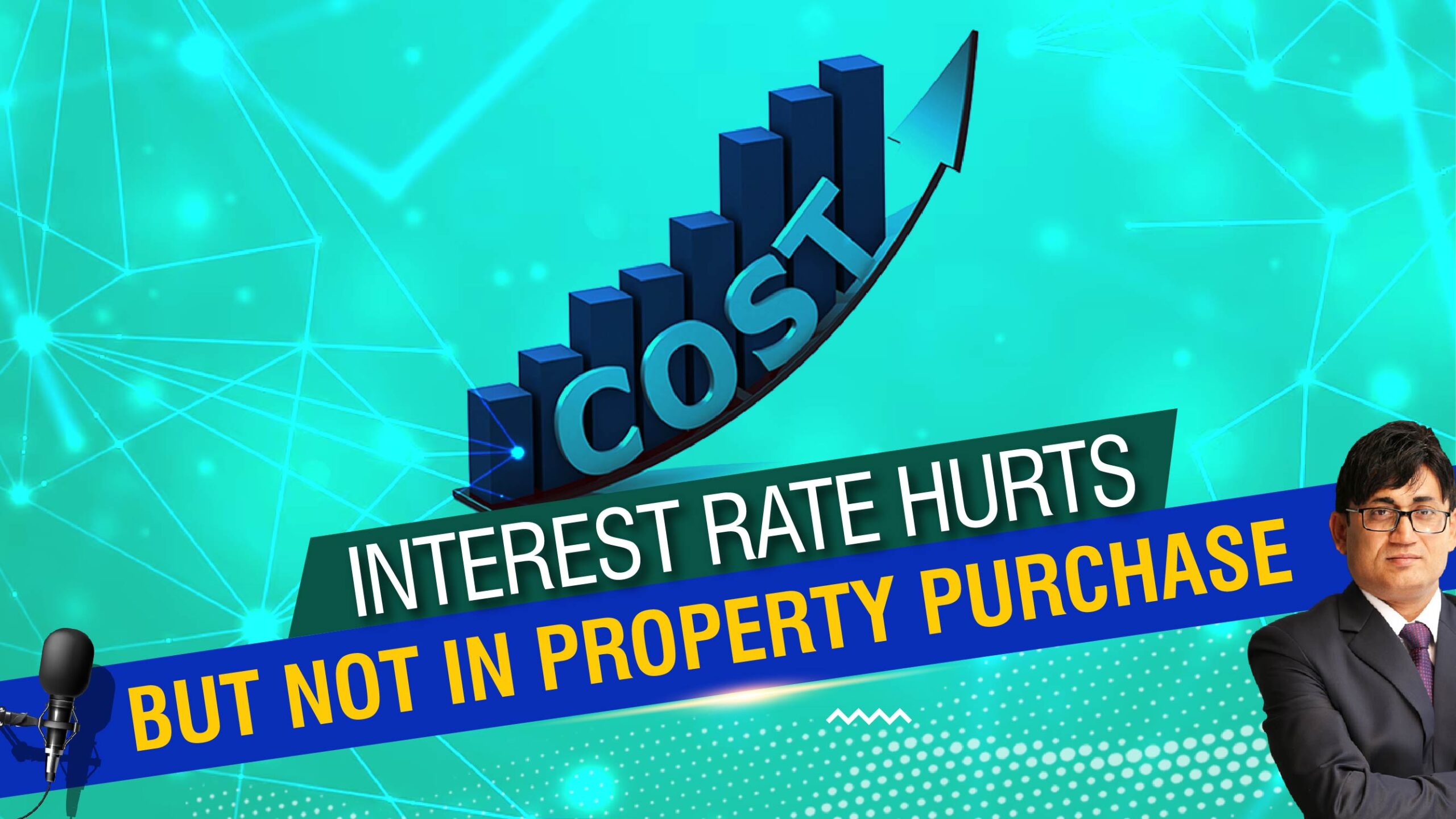By: Ravi Sinha
Track2Realty Exclusive
 While the real estate carries home the point that the very nature of business has gone for a change with second generation taking over the business, professionals driving the show and efforts for an overall image makeover; the mechanism of this facelift is often wondered by the followers of conventional branding. It is a case study for any brand strategist that how a sector which has registered faster advertising growth rate than even the mass product of FMCG sector, as ASSCHAM report suggests, has failed to create a niche for itself.
While the real estate carries home the point that the very nature of business has gone for a change with second generation taking over the business, professionals driving the show and efforts for an overall image makeover; the mechanism of this facelift is often wondered by the followers of conventional branding. It is a case study for any brand strategist that how a sector which has registered faster advertising growth rate than even the mass product of FMCG sector, as ASSCHAM report suggests, has failed to create a niche for itself.
Moreover, unlike several other industries, real estate seems to be taking a back seat in times of a sluggish market or when there is some controversy around. For instance, a land acquisition controversy or a new state legislation more often than not leads to newspapers’ property supplements growing thinner and vacant hoardings in and around city becoming common.
Prima facie it seems to be a sales driven exercise where real estate companies’ approach is to advertise for selling their product and not creating a brand icon. But that again seems to be only half the truth. After all, real estate projects that are sold in the pre launch offer only, also advertise with the same spirit. What actually goes through in the board room strategic discussion of a real estate brand managers?
Manoj Asrani, Brand & Marketing Manager, Soham World, is very candid when he says it is a sales driven exercise concentrating more around festive periods, auspicious time so that it can bring in more ROI, even the message is made as such to push sale. If the growth of real estate advertising has been much faster, it is due to big budgets and pockets for same, the product itself costs multiple times more then FMCG so to prove ROI was easy, but creativity gap is still there.
“Still its family managed/organised business. So ideas float from non marketing departments and it affects the same. Good Marketing people are still reluctant to move to real estate Sector due to work culture and acceptability of change from print and bill board. Top creative agencies have lot of experience with FMCG and understand consumers well but if talked about real estate they get dominated by FMCG ideas. Product being more technical is difficult to explain so whole idea of simplifying the language to consumer friendly. And finally, it is the only product where manufacture is directly selling to Consumer unlike FMCG where consumers are not aware of manufacturing process,” says Asrani.
Deepak Mishra, Head of Marketing & Sales, Omkar Realtors and Developers agrees that there is a lack of professionalism in the sector. He says there are 999 registered developers in Mumbai alone and historically it has been a proprietor managed business. So, even if the sector spends huge money on advertising, it doesn’t lead to professionalism. However, he believes new age developers are hiring professionals and at the end of the day it is a game of who is the driving force behind company’s brand building.
But the question is in times of crisis, sectors like FMCG (in the event of anti-cola campaign) get into a dynamic mode to take the bull by the horn. Are realty companies doing the same, even those who have professionals at the actionable points? “Well, if there is a crisis of perception the FMCG products have to react to get the air cleared, because it has a direct connection with the immediate sales graph. In real estate yardsticks are different because it is a sentiment driven market. If there is a crisis in real estate and business is sluggish, people generally wait for bottoming up of the market. So, the companies wait and watch for the right moment to take the marketing communication across,” says Mishra.
Atul Modak, Head of Kohinoor City says low advertising is preferred when the market sentiments and sales are low, so that funds can be utilized aggressively for marketing activities later when the market recovers. A believer of sales driven advertising, Modak says corporates concentrate on brand based advertising only when they come up with IPOs in the market. What about the developers who have to go for a pan India expansion? After all, today’s market is too scary for even those realtors who had filed the DRHP with the SEBI.
“We maintain our brand identity by doing what we have committed to our existing client by delivering the existing projects on time with good quality thereby we spread a good word-of-mouth publicity. Moreover, it is very vital to have the continuous branding in the market though a project is sold at the time of launch itself. It will help as brand recall value when any new project will be launched,” says Modak.
Lalit Kumar Jain, CMD Kumar Urban Developers and National President of CREDAI echoes the sector’s concern when he says in real estate brand is always built with delivery. Prompt delivery, transparency and meeting the promises made are always on top of the minds. However with the rising competition, globalization and virtualization, consumer now has wide options. Developers need to deliver what customers expect, on time.
“We developers are creative in our own ways with newer designs and features. We have to keep reinventing the wheel to keep up customer satisfaction levels. These do reflect in our ad campaigns. In real estate, the age-old touch-and-feel concept plays a major, major role since Indians spend the largest amount of their life time in acquiring a house. Unlike in an FMCG product, you cannot use and throw a house. In a weak market strong brand sales better due to reliability. Every crisis offers an opportunity to bounce back with added energy. A proper branding activity will play an important role. Nobody wants to take risks when the markets are weak. Reinforcing brand values helps maintain trust among customers. During this phase benefits from advertising are bare minimum, but it always helps in keeping us afloat in customers’ minds,” says Jain.
So, the realty sector has its own cost-benefit mechanism of brand building. The focus and strategy may depend on who is driving force behind the brand campaign, what is generally believed in the sector is the fact that sentiment plays an important role in the property market. Expecting push to sales through branding in times of crisis doesn’t work here, as buyers’ wishful thinking always works the other way round.





